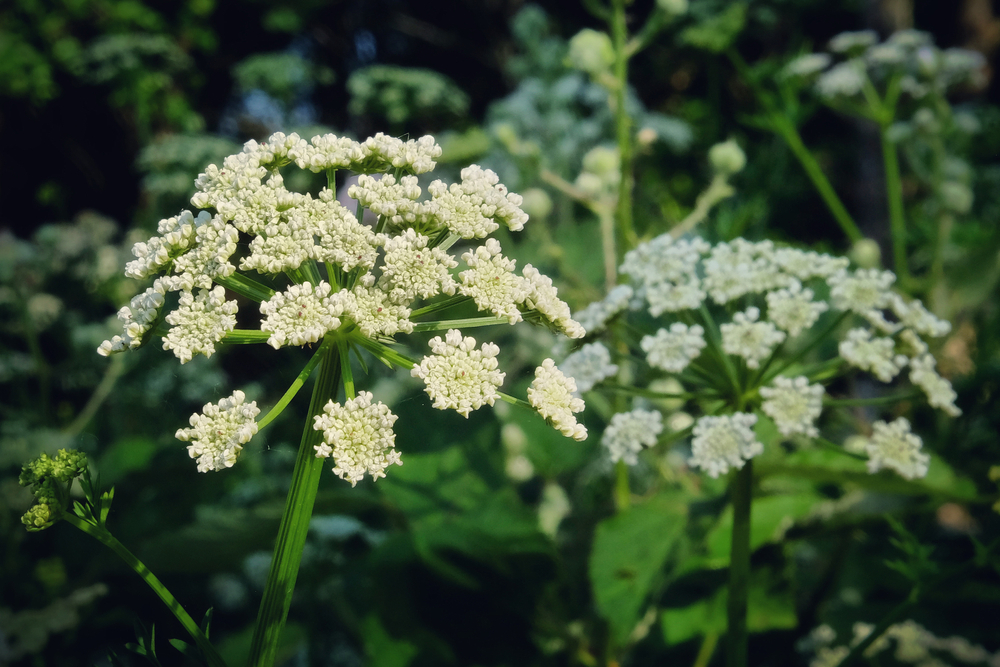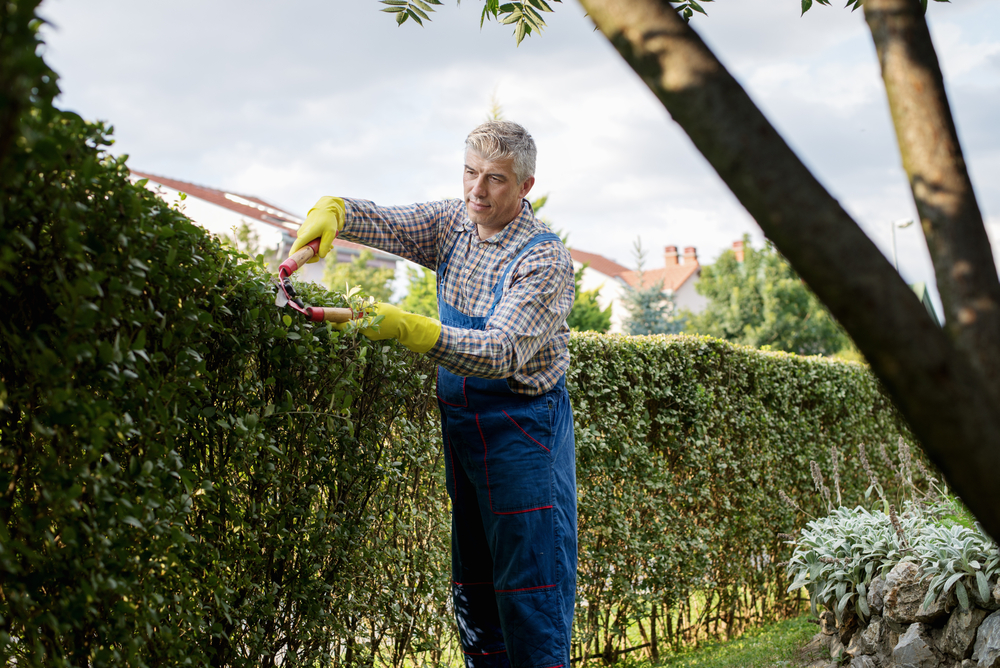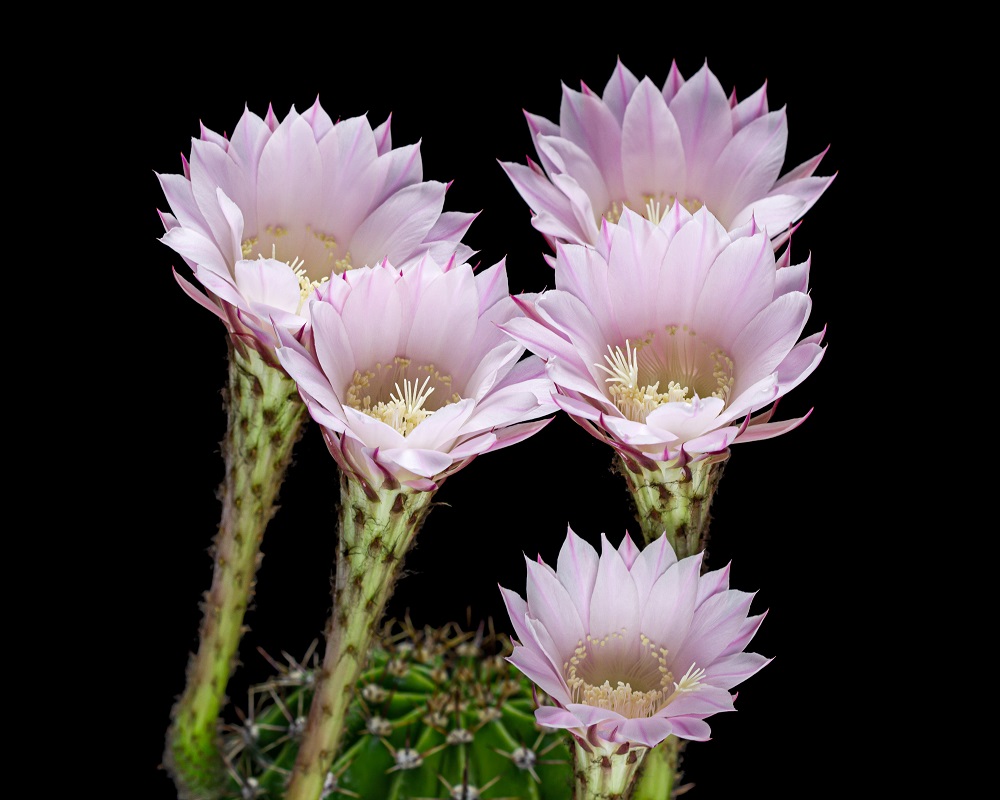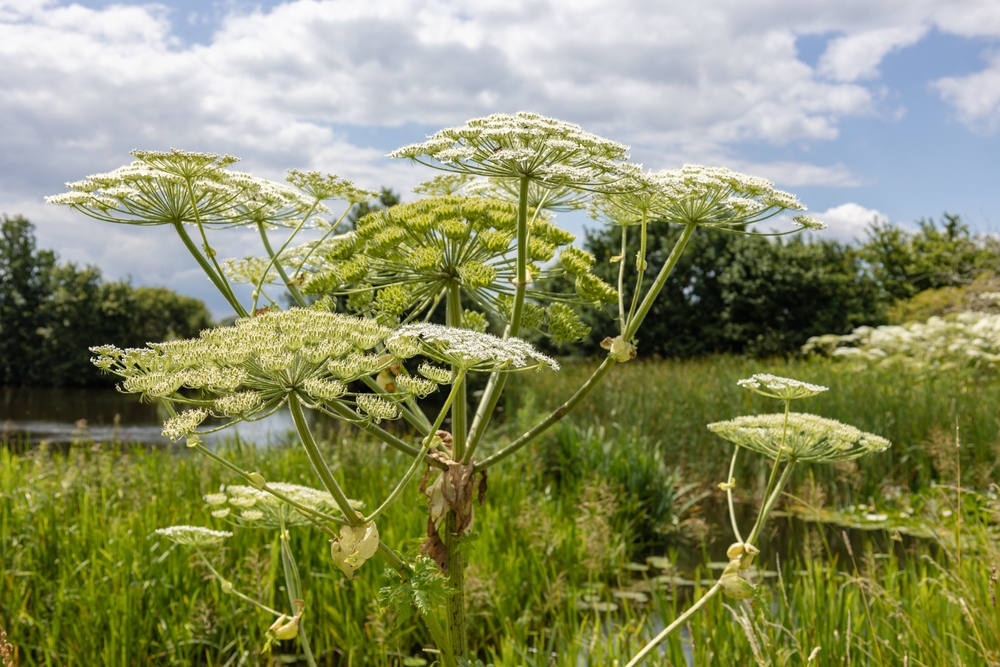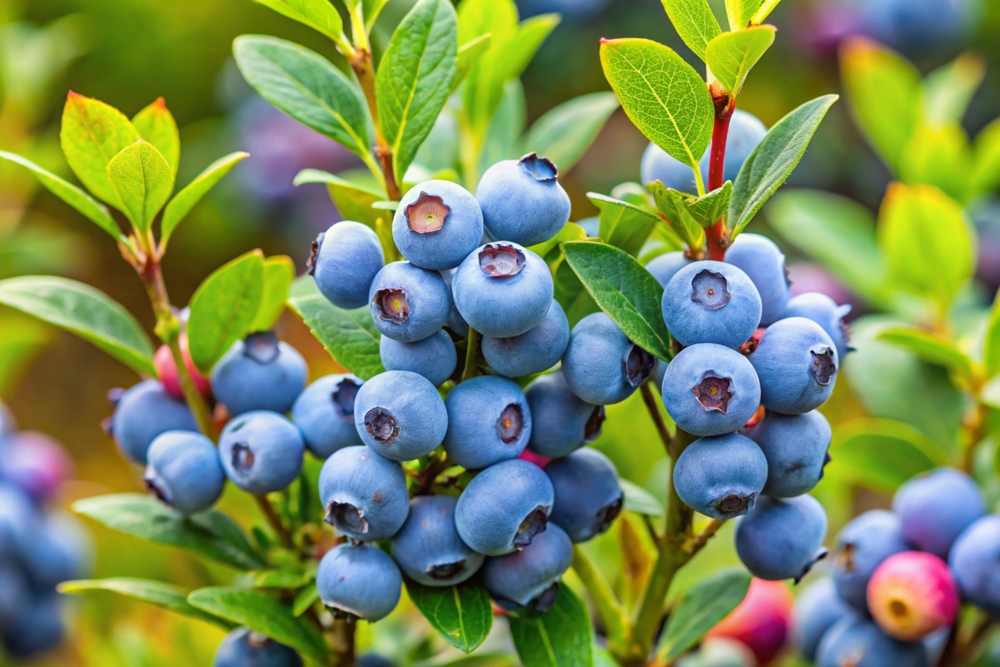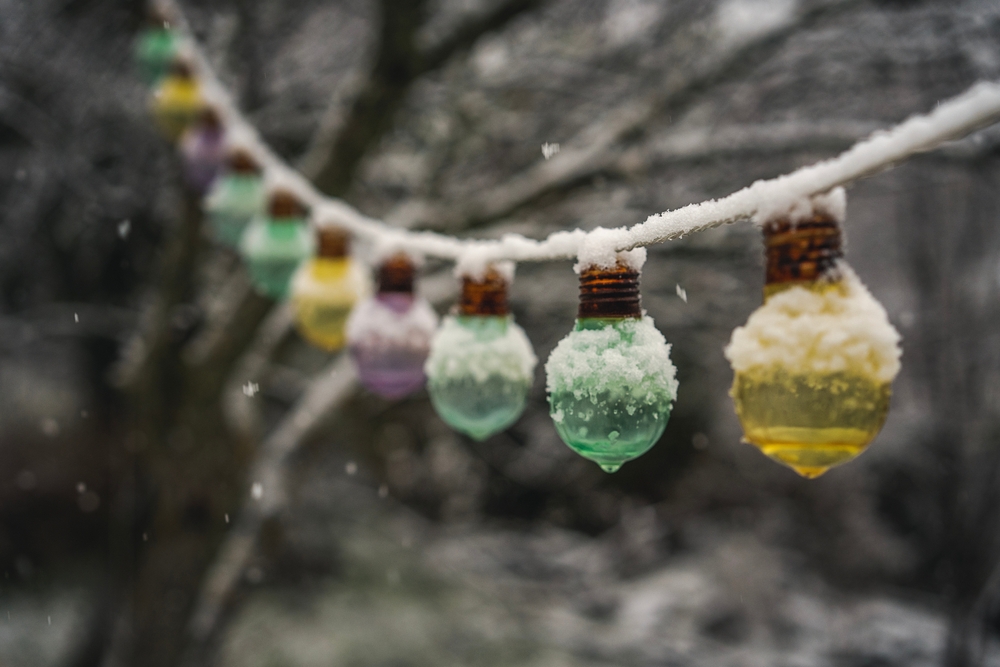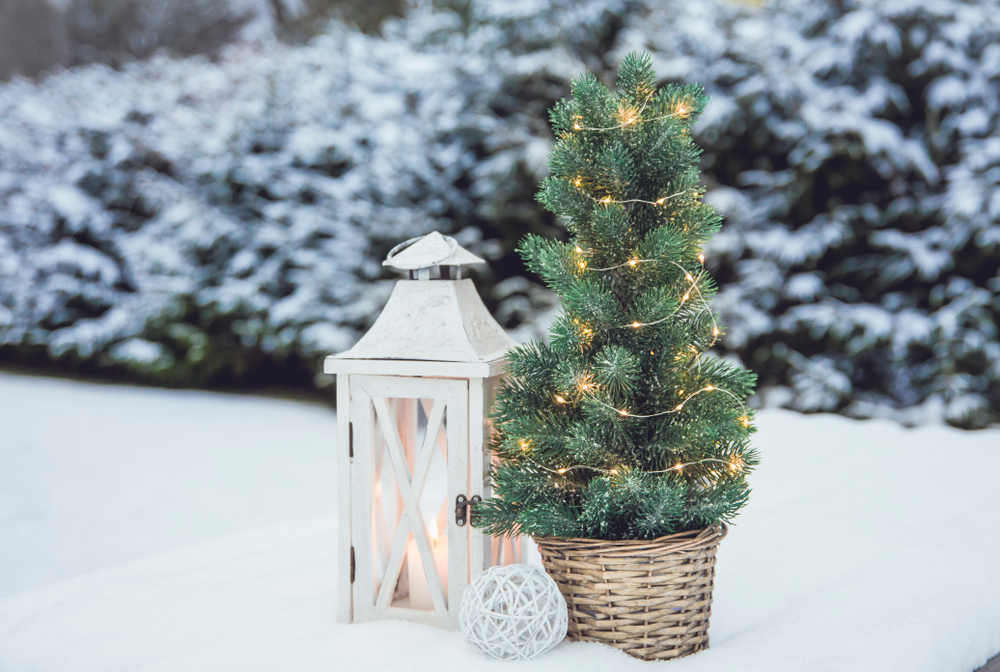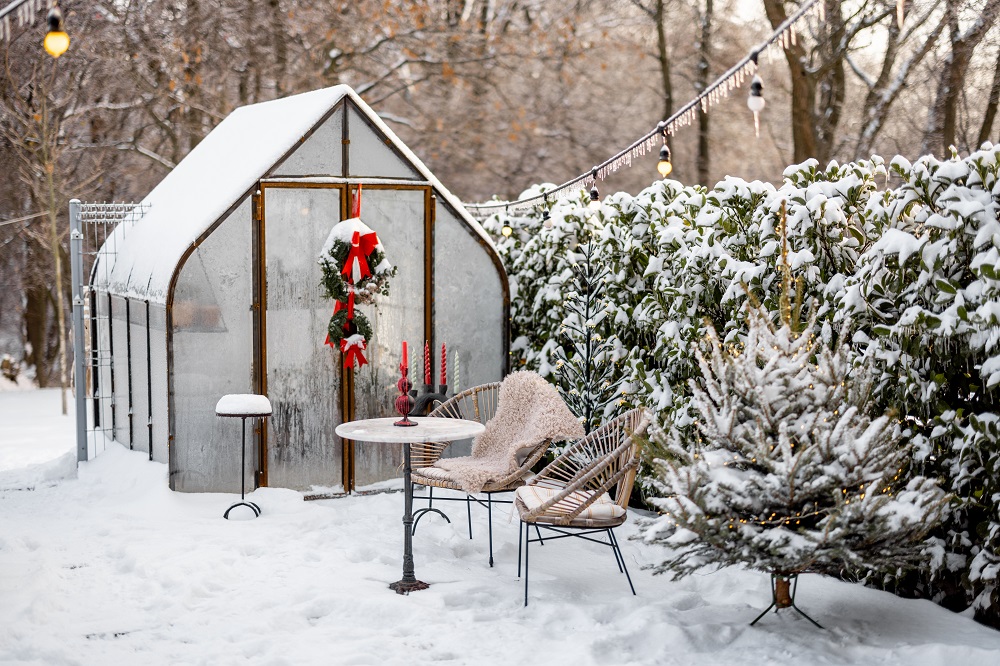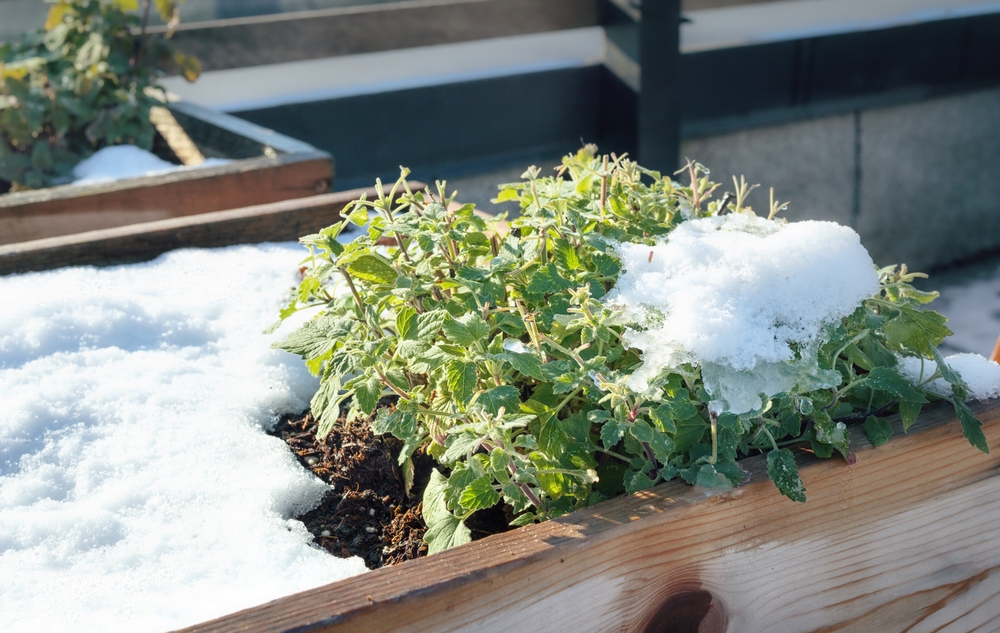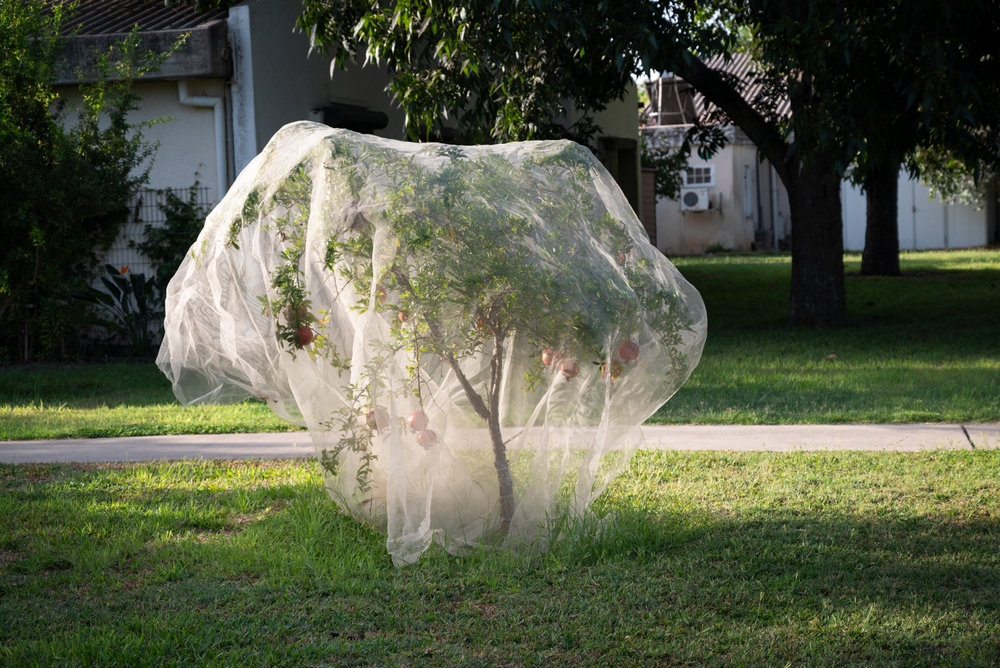Keep your garden looking fresh with these winter-friendly perennials!
Do temperatures drop below freezing in your area, and you worry about your flowering or leafy perennial conditions? Gardening in those nippy regions, where you don cozy sweaters for a few months of the year, means you’ve got to arm your garden with superhero plants.
We’re talking about frost-proof perennial varieties that don’t bat an eye when the thermostat drops below 20 degrees. Well, guess what?
Many winter-friendly perennials can withstand quick cold spells and prolonged frost, bringing vibrant hues to your garden during those gloomy winter months.
These beauties come back each spring, putting on a dazzling floral show and flaunting their dynamic greens year after year! The truth is that while some bloom throughout the winter, others take refuge underground.
Find out which 10 winter-friendly perennials escape the cold temperatures only to reemerge with a burst of new life in spring.
…Can YOUR garden take a hit from Jack Frost?
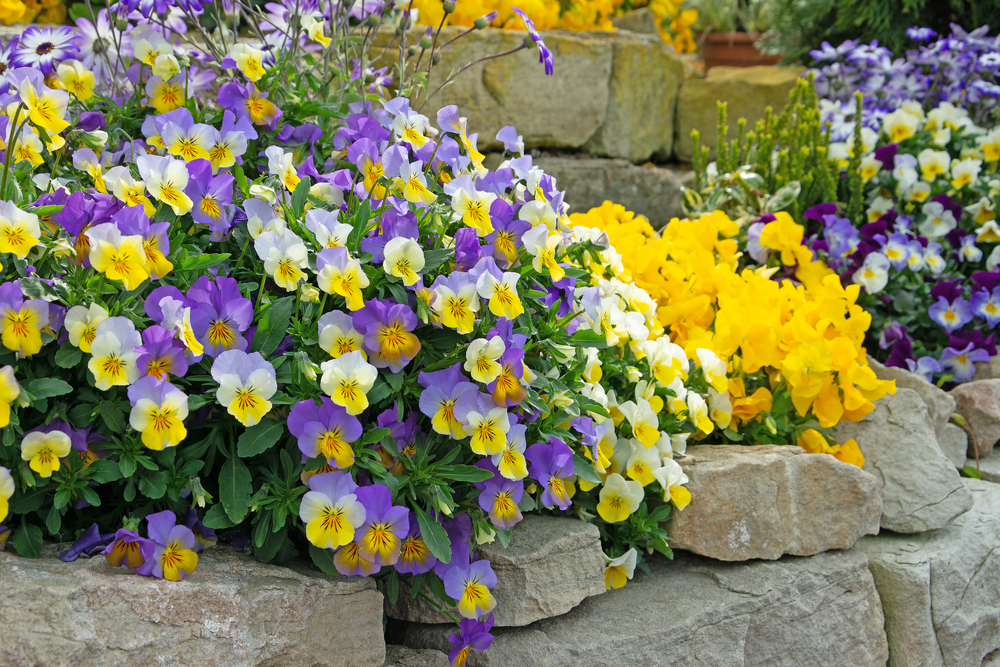
Viola cornuta a.k.a. Horned Violet
Most violet varieties are already cold-hardy. But if you want a giant, showy pansy, then the “horned” species of this winter-friendly perennial and its cultivars will offer your garden an outstanding beauty that will survive temperatures as low as -20 degrees.
Its blooms will materialize in late spring, though some may begin even earlier. And if they get the proper amount of fresh air, they can continue to brighten up your days until fall!
Each blossom can be up to 2 inches across, with the iconic round petals of different sizes of this genus, velvet texture, and a set of radiant lines leading to the center.
When it comes to colors, it’s exceptional in range, with white and many other bright shades of orange, red, yellow, and purple. In some, you’ll even find a dark patch in the middle.
This fragrant floral display shines above a charming tuft of bright green leaves that deliver the perfect backdrop!
One of the most popular winter-friendly perennials in low-maintenance flower beds, horned violet is also incredible in containers, rockeries, woodland gardens, and edging. While you can even grow this pansy as ground cover, try to group plant it for the best effect.
Aquilegia caerulea a.k.a. Columbine
Native to Montana, Colorado, New Mexico, Wyoming, and Utah, this winter-friendly perennial is a columbine variety that can resist temperatures below freezing: -40 degrees!
And there are now so many cultivars that your outdoor area can fill with colors from late spring to early summer, including natural blue and white, reds, pinks, and yellows! But the blossoms of this robust species have other assets to offer you and your backyard.
For starters, their unusual and exquisite shape. They form dense clusters of beautiful flowers atop a small shrub-looking winter-friendly perennial.
Even if each stem only carries a few blossoms, it’s very generous. Loved by bees, butterflies, pollinators, and hummingbirds, this floral display lies on a leafy mound of fern-like cut foliage, green in color and with incredible texture.
As another cold, hardy perennial that naturalizes easily, the columbine is a must-have variety in cottage gardens but also in traditional-looking, old-world borders and flower beds, underplant trees, and wild meadows.
Galanthus nivalis, a.k.a Snowdrop
We obviously can’t exclude the Snowdrop, a bulbous perennial with a winter-inspired name, from our list! Mainly because it’ll survive temperatures that drop to a super-freezing temperature of -40 degrees!
So, you can grow it in most of Canada and even on the coasts of Greenland! This species is native to Europe and is arguably the most popular variety due to its fragrant white flowers with a green dot and charming nodding.
They pop up in late winter and persist into early spring, announcing the warm season!
The fleshy, dark green, and strap-like leaves you can find at the base of this winter-friendly perennial form an early clump of foliage, which will then dry up, and the entire plant conceals itself into the bulb to resist on the sultry days of summer when it’s dormant.
But there are other varieties to, like the Flore Pleno, with beautiful double blossoms, or the giant snowdrop, Galanthus elwesii, which looks a bit like a nodding tulip, also because its silver-green foliage has the same shape.
Pick whichever snowdrop variety you like the most for your garden because they will all survive harsh temperatures!
Ideal for naturalizing as well, these heralds of spring are delightful if mass-planted in wooded areas, great in rockeries, border fronts, and under shrubs or trees. They may even offer you a sudden burst of candid blooms from a lawn in late winter!
Hemerocallis spp. a.k.a. Daylily
To prove yet again that just because you live in a region where winters are freezing doesn’t mean you have to give up on super showy or even exotic flowers… here come the Daylilies!
These excellent winter-friendly perennials, regarded by some gardeners as the “perfect perennials,” will come back each year even if temps drop into the minuses! As summer arrives, they’ll give you their large lily-like flowers, which can reach 8 inches across and in huge numbers.
Each blossom will only last a day, but you’ll get so many that you won’t even notice! Super decorative, these blossoms come in a magnificent range of colors, usually bright, including pink, yellow, red, orange, rose, purple, white, and many more!
Suffice it to say you can choose from a whopping 80,000 varieties! Double-flowered ones can also be found, but single ones will be much better magnets for bees, butterflies, and other pollinators.
The long, dark green, flashy leaves arching in clumps at the base of this unique floral display will fill your garden with lush, fresh-looking, and semi-glossy foliage! And some are even evergreen!
Daylilies are the queens of borders, showy, easy to grow, extremely rewarding, and exotic looking. They’re ideal for informal and natural-looking gardens in temperate and colder areas of our country.
These winter-friendly perennials will naturalize and spread fast, even if they look like they come from a rainforest!
(pic)Helleborus spp. a.k.a Hellebore
Hellebore is a little champion of winter-friendly perennials! Not only is it hardy, but it also likes cool temperatures. And most of its ample varieties will be in full bloom throughout winter! Some will start soon after, but all will survive temperatures as low as -30 degrees!
So you can even enjoy their big blossoms, about 2 to 3 inches, sometimes looking outward while gently nodding, and with the most fantastic palette at their disposal!
This shrubby and small, winter-friendly perennial has single or double blossoms in many shades, from white to very dark purple, with solid shades.
But it also comes in some of the most delicate tonalities you can imagine, including salmon, coral, peach, yellows, and many bicolor cultivars as well!
Generous with their floral displays, these winter-friendly perennials also offer you lush, soft-looking, and continuously fresh evergreen foliage, with big and deeply cut leaves that form delightful clumps.
Moreover, hellebores are shade-loving plants that naturalize easily. They’re ideal for flower beds, woodland gardens, underplant shrubs, or shady borders.

Iris germanica a.k.a. Bearded Iris
As one of the most striking iris types worldwide, this winter-friendly perennial is also very cold-hardy! It can prevail in temperatures that drop to a freezing -40 degrees, and you can grow it in the coldest regions of the US!
Despite its scientific name, it comes from the Mediterranean Basin, not Germany. If you plant it in your garden, it’ll give you those fantastic terminal clusters of 3 huge blossoms at the end of a straight stem, which are iconic.
This iris consists of the standard, top upright, and lip-like lower petals, where you can usually see a signal or a typically golden patch to signify where pollinators should land. But this winter-friendly perennial also has a “beard” on it.
It’s a clump of stamens that deposit pollen for little visitors. They’re in full blossom from late spring to early summer, and you can choose from many colors, from white to yellow, pink to orange, red, blue and purple, to almost black!
It’s also a semi-evergreen plant with striking, blade-like leaves that hit lovely notes of silver and bluish and can persist under heavy snow!
Easy to grow and advantageous, the bearded iris is one of the best frost tolerant, cold hardy, and proof that perennial blooming plants can grow in areas where winters are frosty, including in in informal and sunny borders or beds, mountain areas.
And it also gives you excellent and long-lasting supply of cut flowers!
Narcissus poeticus var. recurves, a.k.a. Poet’s Daffodil
All forms of daffodils can survive temperatures as low as -20 degrees, so pick your favorite! But today, we’re focusing on an extraordinary species: the poet’s daffodil! And this isn’t only because Narcissus poeticus var. recurve has a very romantic name.
We love it because it can grow in USDA zone 3, which is where winters can see the thermometer plunge to a freezing -40 degrees! It has also won itself the Award of Garden Merit by the Royal Horticultural Society.
But this winter-friendly perennial is also an absolute classic of the genus, with more diminutive blossoms than trumpet varieties, due to the fact that it grows in many temperate and cold regions, on mountain highlands, where it can take over entire lawns and prairies, with an impressive display.
Blooming in late spring, the flowers are up to 3 inches, opening individually on top of straight stems. The five petals at the back are snow white and significantly flattened out, while the central crown is relatively tiny but bright golden orange.
That’s probably why it has won itself the nickname: “pheasant eye daffodil.” Filling your garden with its heavenly fragrance, this floral display is escorted by clumps of strap-like but fleshy leaves of a dark green shade and a natural wonder of Mother Nature!
Perfect for naturalizing in cold climates, poet’s daffodil is also great in wild prairies, rockeries, underplanting trees and shrubs, and beds or border fronts. Do group planting and let it spread, even on your lawn.
This winter-friendly perennial will also thrive in containers and give you wonderfully fresh-cut flowers to put on your coffee table!
Crocus spp. a.k.a Crocus
Here’s another bulbous winter-friendly perennial that can survive temps that make your teeth chatter and a garden favorite: the little Crocus. It’s another tiny precursor to spring.
Some varieties blossom at the end of winter and pop their sweet-looking cupped flowers out of a mat of snow in some areas. And they’re an absolute delight to see in a garden! And the best part is that you can choose from up to 100 different species and many more cultivars.
You can also choose one in various colors, including white, orange, yellow, blue, lavender, and purple! Varicolored blossoms are also available, and they all open close to the ground, looking up to the sky, finding the first rays of the Sun.
You’ll never get a giant plant from these winter-friendly perennials, but this is just part of their charm.
You can, however, get a range, from the pygmy Crocus, which hardly ever reaches 4 inches tall, to the Dutch variety with rounder and more significant blossoms and up to 6 inches tall.
But the one thing they all have in common is that they’ll give you a little tuft of dark green, pine needle-like leaves at the bottom, which look like a little effort compared to their floral display.
And they’ll soon disappear underground as soon as the weather warms up, waiting there for a new cold season to come and awaken them.
One of the best garden values of crocuses is that they tend to bloom early, and you can effortlessly naturalize them. All you have to do is plant them once, and they’ll spread naturally.
Over time, you can have full lawns bursting with colorful flowers. But if that’s not what you want, these little winter-friendly perennials will also look great in rock gardens or flower beds!
Phlox paniculata a.k.a. Garden Phlox
Renowned for its heavenly fragrance, this winter-friendly perennial can also survive ice-cold temperatures of -40 degrees! Rich in nectar, its flowers will begin to blossom right after winter has passed.
During the hot summer months, they’ll attract lots of pollinators and even hummingbirds to your garden! They’ll open on round upward-facing clusters that are thick with small flowers in all shades of pink, white, rose, red, mauve, violet, and purple!
You can choose from over 160 different cultivars, including bicolor versions. While each blossom is only up to 1 inch, the overall effect is also remarkable for your nose. Each clump can be up to 8 inches in diameter, and if you plant them in groups, you can get a natural sea of color!
Moreover, they grow on straight strings and upward stems with lots of small, dark green, and lance-shaped leaves that give you the perfect bouquet filler.
A hardy herbaceous winter-friendly perennial, the garden phlox is a favorite in cold and temperate countries in flower beds and borders.
It’s usually group planted and will suit most informal landscaping styles, mainly if traditional in inspiration. If you ask us, it’s a must-have in a cottage garden!
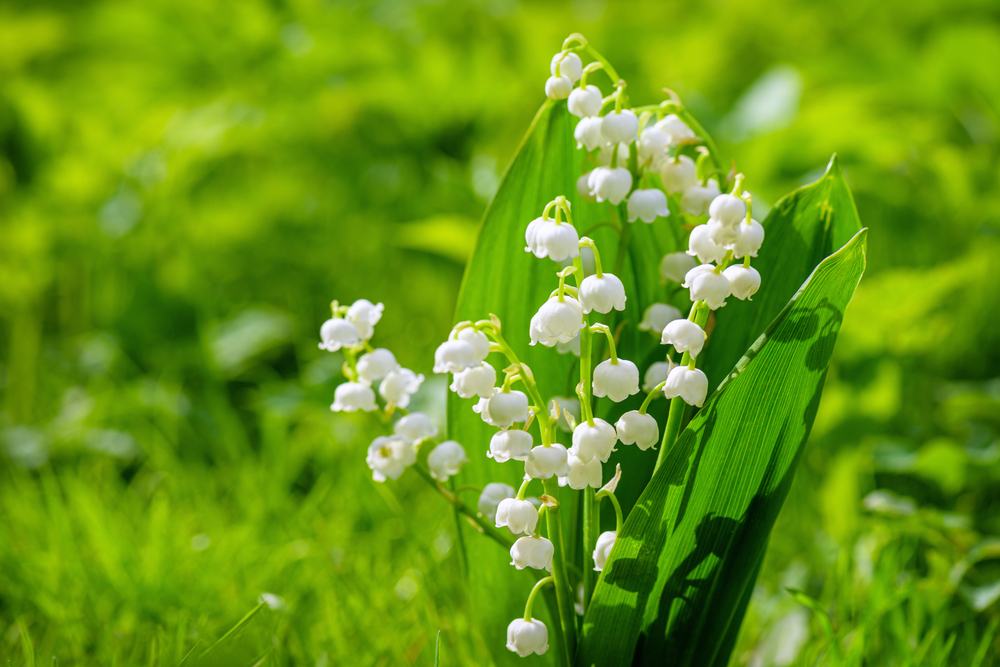
Convallaria majalis a.k.a. Lily of the Valley
You can grow this winter-friendly perennial even in the coldest regions of the US. It’ll tolerate temperatures to discourage even a mammoth, as low as -50 degrees! It’s also a leafy darling that grows well in shady areas of gardens.
This rhizomatous species is well-known worldwide for its broad, lush, and pointed foliage, somewhat glossy and fleshy in texture, and it doesn’t need to be all emerald green.
For instance, the variegated cultivar Albostriata offers you stripes in yellow as well! And as soon as the snow melts in colder areas, an elegant, slender, and arching stem will bear about a dozen bell-shaped, white flowers, which are also incredibly fragrant!
They may not be big, but they’re decorative blossoms, and some varieties, like Bordeaux, have larger blossoms than others.
What’s also fantastic about Lily of the Valley is that it’s low-maintenance and can handle harsh conditions reasonably well, spreading naturally on your land and asking for virtually no care.
Loved as ground cover, the lily of the valley is a cold, hardy, winter-friendly perennial that you can enjoy in rock gardens, flower beds, or under trees and shrubs. It’ll also give you gorgeous cut flowers, but remember, it’s toxic if you ingest it.
As a final thought, if you mulch the soil, it’ll keep much warmer underground than it does if you leave it bare, shielding the roots of your winter-friendly perennial.
And before you leave, be sure to leave a comment to let us know if we missed any winter-friendly perennials, and we’ll add it to our list next time.
Meanwhile, if you liked this article, we highly recommend you also read: 8 Stunning Low-Maintenance Shrubs You Can Plant and Forget About

